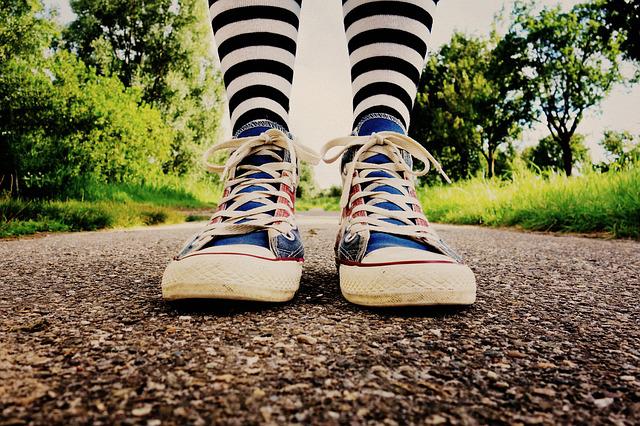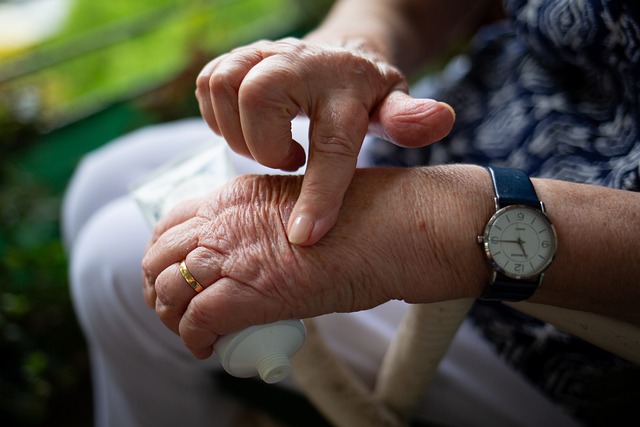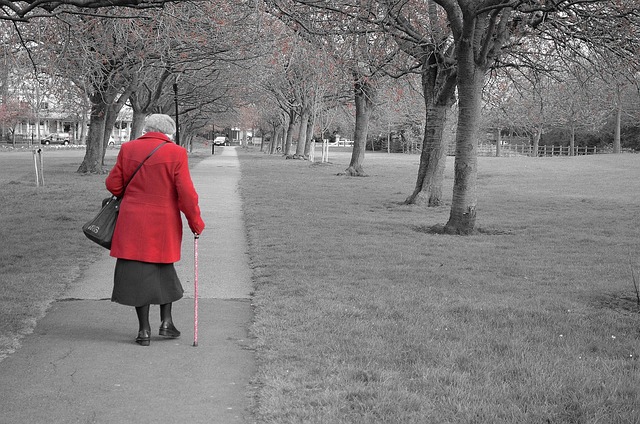It has long been said that the eyes are the window to the soul. It has never been said that the feet are the window to one’s health – even though that’s inarguable.
Go beyond the obvious fact that our feet are our literal foundation, and that any flaw – any blister, bunion, ache or pain – can impact one’s mobility and quality of life. Consider that in many cases, such symptoms can be a sign of a general health problem.
The Arizona-based Banner Health Network offers on its website an exhaustive list of the possible causes of various foot-related symptoms, along with an explanation from one of the organization’s podiatrists, Dr. Joseph Dobrusin, about the complexities of the foot and the fact that it can “tell us a great deal about our overall health.”
He does add a disclaimer:
“Look, common things are common, and rare things are rare. The likelihood is that you are perfectly fine. Most likely your symptoms are benign, but it is important to be aware of anything that could be an underlying health condition.”
The list nonetheless follows, complete with an explanation that cold feet might be a sign of peripheral artery disorder (PAD) or diabetes-related circulation problems. That a swollen big toe or foot might be indicative of gout or cellulitis. That numbness in the feet and toes could be a symptom of neuropathy, a B12 vitamin deficiency or even spinal stenosis. That a dark line under the toenail might be a sign of a hematoma, or even melanoma.
Others have made similar observations. Are cold feet a sign of a thyroid problem? Do foot cramps indicate dehydration? The point is that each symptom has a wide array of possible causes and vigilance is required, on the part of the patient and the healthcare provider.
Start with the patient. It goes without saying that maintaining one’s health – getting the right amounts of rest and exercise, eating right and smoking and drinking in moderation – will reflect itself in one’s feet. So too will finding the proper footwear, which according to the American Orthopedic Foot & Ankle Society means having shoes that enable the ball of the foot to nestle in the widest part, the toes unencumbered by the top or front and the entire foot free of rubbing or slipping within the shoe.
It is best to be aware of what shoes to wear during any given activity – canvas sneakers, for instance, are fine for leisure-time activities, but hardly suitable for serious workouts – and best to understand, again, the relationship between foot health and general health. And how that becomes clearer with the passage of time.
As Michael J. Trepal, the vice president for academic affairs and dean at the New York College of Podiatric Medicine, told the website Healthline.com: “Feet tend to mirror the body as folks age. We see things such as decreased circulation, thinning of skin, brittle bones, muscle atrophy, arthritis, etc. Many of these conditions can initially manifest in the foot and ankle.”
Which brings us, again, to the practiced eye of the podiatrist. They are the ones who can determine the severity of the issue, whether through a physical examination or diagnostic imaging. A particular concern is the relationship between diabetes and foot problems such as neuropathy and foot ulcers. The latter, if left untreated, can lead to amputation.
The bottom line is, be sure to take care of your feet. Understand their relationship to your general health. Be vigilant without being alarmist. Visit your podiatrist every year, and do not hesitate to voice your concerns. You can never be too careful, and you never want to see a small problem become a big one. Your feet often have a tale to tell, and it’s important to listen closely.







